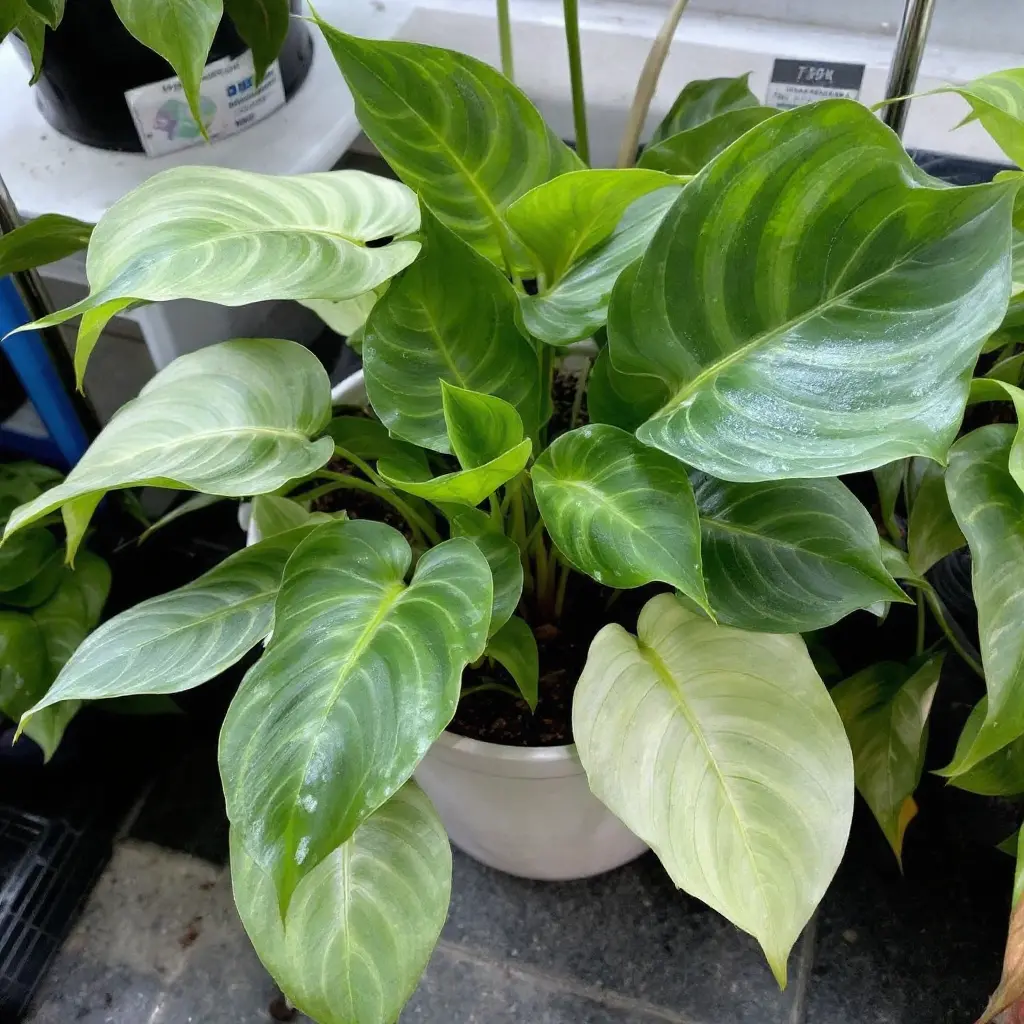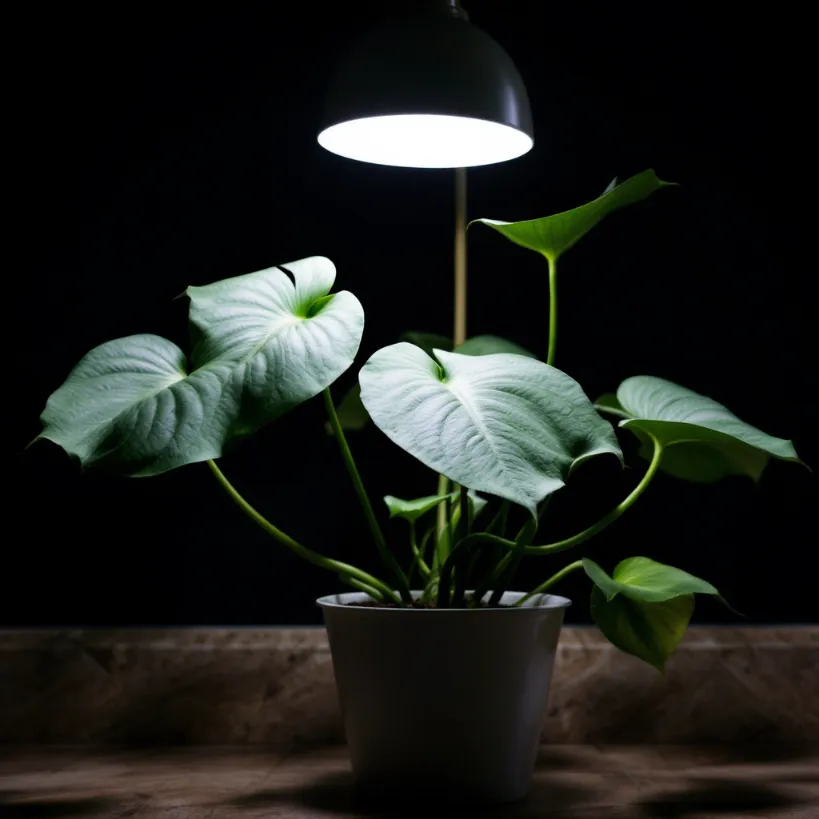Let’s get one thing straight — plants need you. Not as much as you might think, but they do. I’ve killed my share of green things. We all have. But caring for house plants isn’t rocket science. It’s about finding the sweet spot between neglect and helicopter parenting.
Water, light, soil, and a bit of attention — that’s the recipe. Most plants will forgive your mistakes if you learn their basic needs. This guide will walk you through everything you need to know about keeping your leafy roommates alive and thriving.
Key Takeaways
- Most houseplants prefer slightly dry soil over soggy conditions — check by poking your finger into the soil
- Plants need the right light — some thrive in bright spots while others prefer shade
- Regular dusting of leaves helps plants breathe and absorb light better
- Most houseplants need temperatures between 65-75°F (18-24°C) to survive
- Rotate your plants regularly to ensure even growth on all sides
- Choose plants that match your lifestyle — some forgive neglect better than others
The Basics of Plant Survival

Plants aren’t complicated. They’re just different from us. They don’t need Netflix or therapy — just the basics. Think of them as simple creatures with simple needs.
The golden rule of plant care is moderation. Too much of anything will kill them. Too much water, too much sun, too much fertilizer. Plants are like that quiet friend who doesn’t ask for much but still needs attention.
Water wisely. Most people drown their plants with kindness. The soil should be like a wrung-out sponge — damp but not soaked. Lift the pot to feel its weight. Light means dry. Heavy means wet. Simple.
Light matters. Most houseplants come from tropical places. They like bright, indirect light. Direct sun burns them. Too little light starves them. Find the middle ground by checking out this comprehensive houseplant lighting guide for specific requirements.
Choosing Plants That Won’t Hate You
Not all plants are created equal. Some will die if you look at them wrong. Others could survive a nuclear winter.
Know yourself first. Are you forgetful? Get a snake plant or ZZ plant. They thrive on neglect. Do you love to fuss? Try a fern or calathea. They need the attention.
Know your space. Dark apartment? Try pothos or peace lilies. Sunny windows? Go for succulents or crotons. If you’re working with limited room, explore these houseplants for small spaces that won’t overwhelm your area. Match the plant to the place.
The Water Dance

Watering is where most people mess up. Plants don’t need a schedule. They need attention.
Check before you pour. Stick your finger an inch into the soil. If it’s dry, water. If it’s damp, wait. That’s it.
Water quality matters. Some plants hate chlorine. Use rainwater when you can. Let tap water sit overnight before using it.
Drainage is crucial. Every pot needs holes. Every plant needs a way out for extra water. No exceptions. An overwatered spider plant shows clear signs of distress that can help you recognize similar issues in other houseplants.
Let There Be Light

Light is plant food. Without it, they starve slowly.
Watch for signs. Leaning toward the window? The plant needs more light. Scorched leaves? Too much direct sun. Pale, leggy growth? Not enough light.
Rotate regularly. Turn your plants a quarter turn each week. This keeps them growing evenly instead of reaching for light on one side.
Seasonal changes matter. Windows that are perfect in summer might be too cold in winter. Move plants as the seasons change. For those dark corners, check out these specially adapted houseplants for low light areas.
The Air They Breathe
Plants breathe through their leaves. Help them out.
Dust regularly. Wipe leaves with a damp cloth. Dust blocks light and air. Clean plants are happy plants.
Humidity helps. Most houseplants come from humid places. Our homes are dry. Mist them occasionally or group them together to create a mini-climate. If you live in a dry climate, these houseplants for dry environments will be more forgiving.
Air circulation prevents problems. Stagnant air breeds pests and disease. A gentle fan helps.
Feeding Time
Plants need food, but not as much as you think.
Less is more. Over-fertilizing burns roots. Under-fertilizing just slows growth. When in doubt, use less.
Timing matters. Feed during growing season (spring and summer). Let them rest in fall and winter.
Organic options work. Worm castings, compost tea, and diluted coffee grounds make great natural fertilizers. For a chemical-free approach, explore organic pest control for houseplants that won’t harm your plants or your family.
Repotting Without Panic

Plants outgrow their homes. It’s normal.
Signs it’s time: Roots coming out drainage holes, water running straight through without soaking in, or stunted growth.
Size matters. Go up just one pot size. Too big a pot leads to root rot.
Spring is best. Repot when plants are waking up and ready to grow, not when they’re dormant. Learning how to repot a philodendron gives you skills that apply to many other houseplants.
Troubleshooting Common Problems
Plants talk. You just need to learn their language.
Yellow leaves usually mean too much water or poor drainage. If your philodendron is showing this symptom, here’s why your philodendron is turning yellow and how to fix it.
Brown leaf tips signal low humidity or too much fertilizer.
Dropping leaves could be shock from temperature changes or drafts.
Pests happen. Wipe leaves with soapy water for minor infestations. Isolate affected plants immediately.
The Mental Health Connection
Plants do more than look pretty. They work for you.
They clean your air. NASA studies proved it. Plants remove toxins from indoor air. For maximum benefit, choose air-purifying houseplants specifically known for their filtering abilities.
They reduce stress. Just looking at plants lowers blood pressure and anxiety levels.
They improve focus. People work better and concentrate longer in rooms with plants. Learn more about the science behind houseplants for mental health and their psychological benefits.
Seasonal Care Changes
Plants have seasons, just like us.
Winter means less. Less water, less food, less growth. Plants rest when days are short.
Summer means more. More water, more growth, more attention needed.
Watch for new growth in spring. This is when to repot, propagate, and start feeding again. If you’re interested in multiplying your collection, check out this houseplant propagation station guide.
Creating a Care Routine That Works
The best plant care routine is one you’ll actually follow.
Group similar plants. Put all your drought-tolerant plants together. Same for thirsty ones.
Use reminders if needed. Calendar alerts work for forgetful plant parents.
Observe more than you act. Plants tell you what they need if you pay attention. If you’re just starting out, these houseplants for beginners are forgiving while you learn the ropes.
References:
- https://ppl-ai-file-upload.s3.amazonaws.com/web/direct-files/1044541/d5431817-b3af-4756-85d8-c31c841cbf1f/paste.txt
- https://gardenerspath.com/how-to/indoor-gardening/houseplant-care-primer/
- https://nouveauraw.com/indoor-plants/plant-care/caring-for-houseplants-my-routine/
- https://www.thrive.org.uk/get-gardening/caring-for-houseplants
- https://gardeningsolutions.ifas.ufl.edu/plants/houseplants/houseplant-care/
- https://homesteadandchill.com/houseplant-care-101/
- https://www.plantstore.ie/blogs/news/new-to-plant-parenthood-a-beginners-guide-to-caring-for-your-houseplants
- https://www.gardendesign.com/houseplants/care.html
- https://www.stylist.co.uk/home/plants/plants-planting-how-to-grow-a-plant-cacti-self-care-opinion/253254
- https://miraclegro.com/en-us/indoor-gardening/how-to-care-for-houseplants.html
- https://www.placesforpeople.co.uk/helpful-guides-tips/my-place-blog/a-guide-to-caring-for-houseplants-year-round/
- https://www.sweetbushinc.com/blogs/blog/113036-importance-of-indoor-plants-and-plant-caring-tips
- https://www.gardenhealth.com/advice/houseplant-care/a-beginners-guide-to-houseplants
- https://pmc.ncbi.nlm.nih.gov/articles/PMC4419447/
- https://yardandgarden.extension.iastate.edu/how-to/how-care-houseplants
- https://typeset.io/pdf/an-analysis-of-preference-for-potted-houseplant-products-2a6c89hae1.pdf
- https://www.provenwinners.com/learn/houseplants/care
- https://www.rhs.org.uk/plants/types/houseplants
- https://www.yates.com.au/garden-hub/caring-for-indoor-plants/
- https://efekto.co.za/blog/english/keeping-house-plants-happy-6-indoor-plant-care-tips/
- https://www.gardendesign.com/houseplants/best-indoor.html
- https://extension.msstate.edu/sites/default/files/publications/publications/P1012_web.pdf
- https://www.tandfonline.com/doi/full/10.1080/00049182.2021.2014021
- https://www.ambius.com/resources/blog/plant-profile/the-ultimate-guide-to-indoor-plants
- https://gardens.si.edu/learn/educational-resources/plant-care-sheets/houseplant-care/
- https://www.dbrl.org/teens/caring-for-houseplants-caring-for-you
- https://www.reddit.com/r/houseplants/
- https://www.reddit.com/r/houseplants/comments/1bdontj/how_much_houseplant_advice_is_actually_bs_where/
- https://jppe.ppe.or.kr/journal/view.php?number=1494
- https://www.reddit.com/r/houseplants/comments/bzvg6m/in_need_of_some_good_plant_care_websites/
- https://www.sowanddipity.com/8-top-houseplant-bloggers-from-around-the-world/
- https://growfully.com/best-indoor-gardening-books/
You Might Also Like
- This connects to our discussion on Best Houseplant Subscription Boxes 2025: Top Picks & Deals Best Houseplant Subscription Boxes 2025: Top Picks & Deals.
- For related insights, our discussion on Indoor Plant Care: Ultimate Guide for Thriving Houseplants expands on these concepts Indoor Plant Care: Ultimate Guide for Thriving Houseplants.
- For a deeper understanding, our comprehensive coverage of 10 Best Humid Houseplants That Thrive (2025 Guide) provides additional context 10 Best Humid Houseplants That Thrive (2025 Guide).